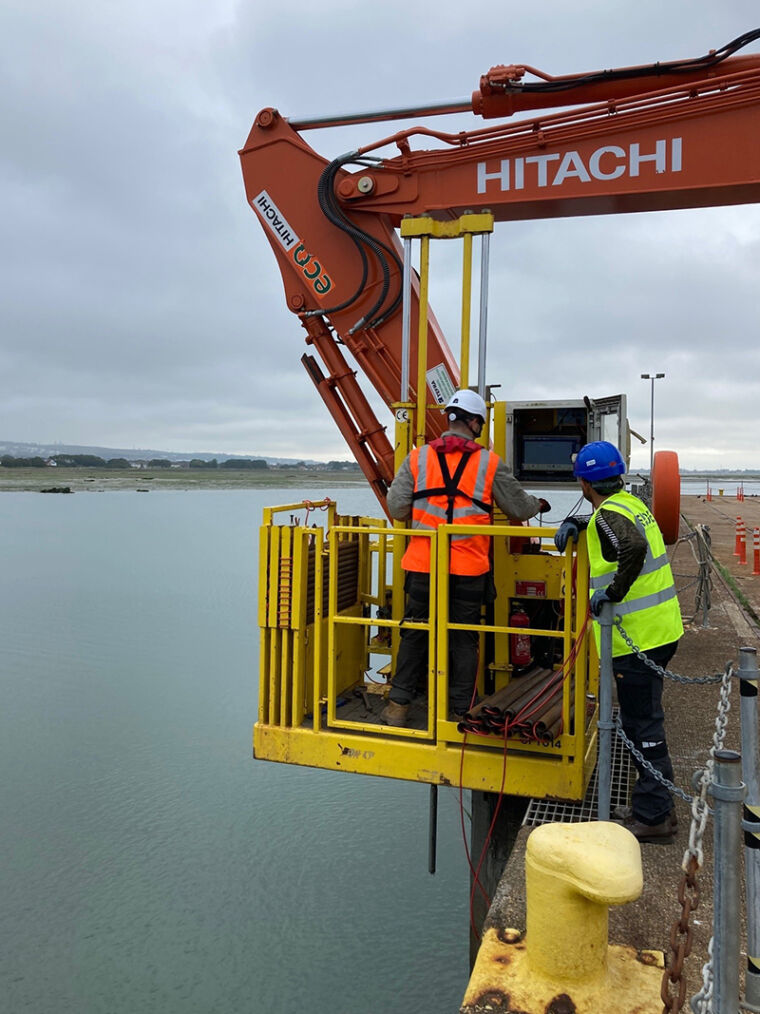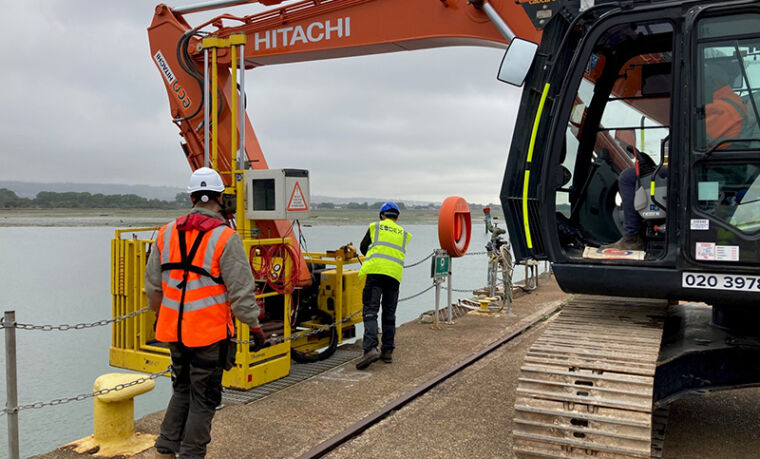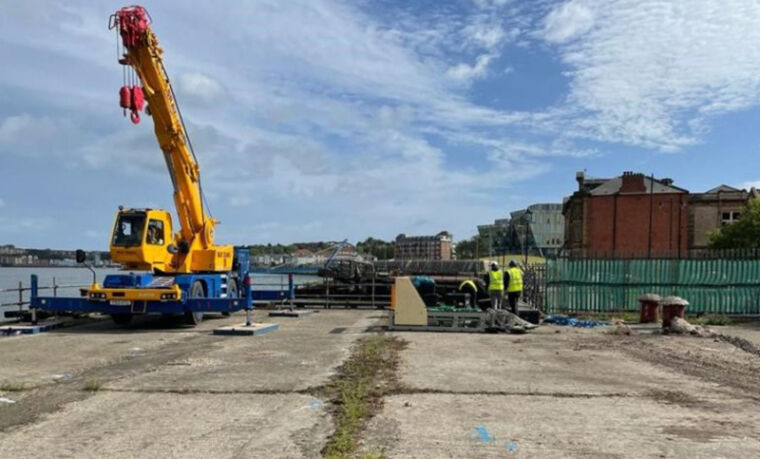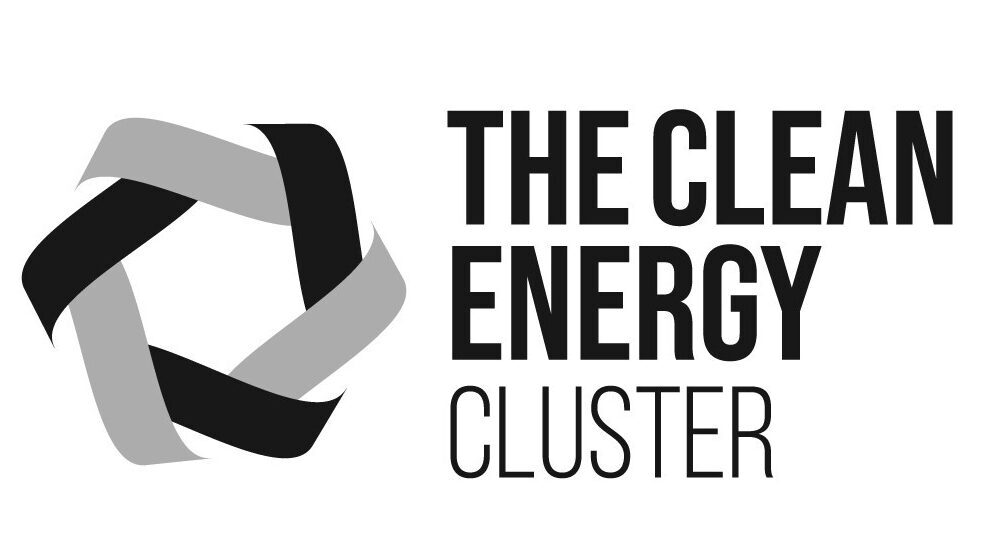Holburn
UXO Survey & ALARP Provision
EODEX were contracted by J F Hunt Regeneration Limited (the client) to carry out UXO mitigation at the Holborn Regeneration site, South Shields.



Background
We carried out a Desk Top Study and historical review of the site, a Sub-Bottom Imaging (SBI) survey along the quay wall followed by investigations using a remotely operated vehicle (ROV). We provided ALARP certification to enable piling works to commence after confirming no UXO had been located.
What Was Involved
The work scope aimed to survey all accessible locations along the quayside and in front of the drydocks to a distance of at least 10m from the current quayside walls. All fully accessible locations were surveyed with the PanGeo SBI system and the SBI survey covered 100% of the area. Areas not accessible to the SBI system were to be surveyed using an Observation Class ROV and areas that could not be accessed by either system, were subject to a Desk Top Study into historic construction of jetties and riverbank reinforcement.
Challenging Environment
We quickly identified that a magnetometer survey would not be suitable due to the magnetic interference from the quay wall. Also, a suitable vessel would not be able to access the required survey area at shallow water depth.
Solution
The SBI system was the best option however a vessel would not be able to access the required survey area and the movement of the vessel in the area would interfere with data collection shallow water depth. Our novel solution was to conduct the survey using a land-based crane, which allowed full access to the survey area while at the same time ensuring a high quality of data collection.
Summary
EODEX fulfilled the client's need for UXO clearance and ALARP certification at very short notice, ensuring the safety of personnel carrying out high-impact intrusive works and also maintaining the clients project timeline.







